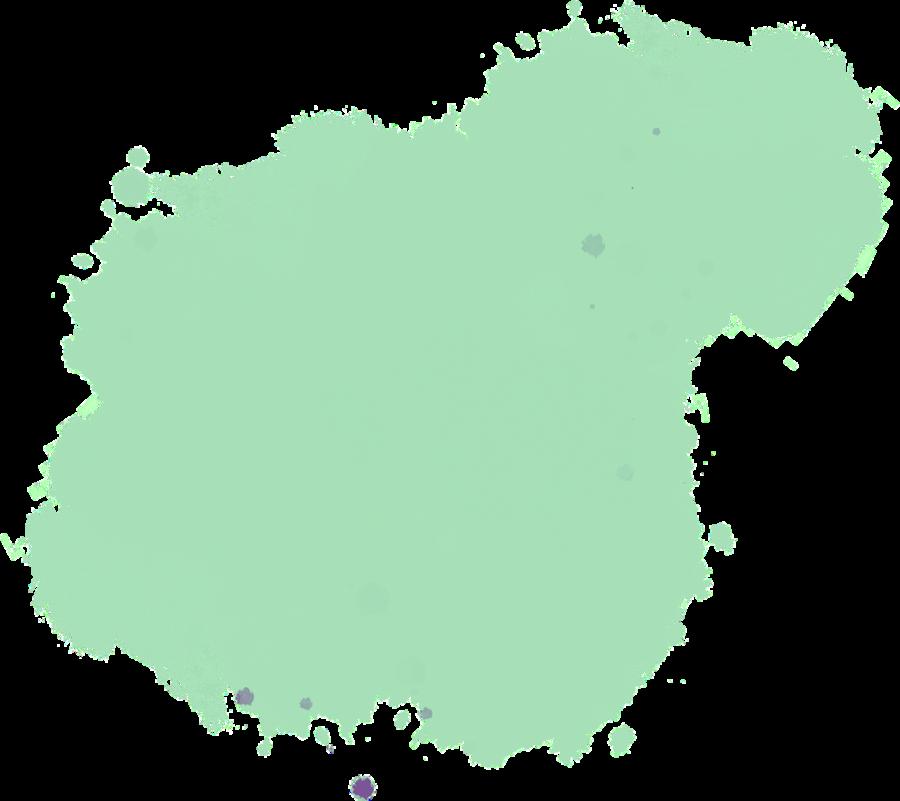
2 minute read
Recreation
Outdoors are for everyone. All shapes, sizes, genders, races, sexual identities, ages, abilities. All bodies are good bodies, and all are welcome here. This hasn’t always been the case in outdoor recreation, but we have the power to change that. Together we can build an outdoor recreation culture that honors our bodies, the land, and the Indigenous people who have stewarded the land for generations.
Sarah Histand, founder SMH training and Ski Babes
Advertisement
THE ENJOYMENT OF LANDS AND WATERS VIA SEASONAL ACTIVITIES DEEPENS UNDERSTANDING OF AND CONNECTION TO PLACE.
Outdoor recreation opportunities and natural amenities improve the quality of life for Alaskans. 81% of Alaskans participate in outdoor recreation each year. Alaska’s spectacular beauty and the opportunity to recreate outdoors cultivates a special, place-based connection; however, that connection must be centered on Indigenous values systems to guide proper treatment of the lands and waters.
Regenerative recreation deepens connections to and understanding of lands and waters while protecting and enhancing equity and access. Extractive outdoor recreation cultures tend to be highly individualistic, consumptive (environmental degradation and seasonal gear surplus), and tend to view the landscapes as inanimate playgrounds. In contrast, Alaskans of many cultural backgrounds enjoy the outdoors with friends and family as they garden, walk, and play in ways that give them a strong sense of connection. Recreation can be an important avenue to deepen understanding of Alaskans’ impact on the land and responsibilities to it, and ultimately, our interdependence. We envision a future where all Alaskans live in reciprocity and right relationship.
A Just Transition in outdoor recreation necessitates Indigenous led co-management and co-governance. Racial equity, economic accessibility, and inclusion of diverse identities are key focus areas for some programs that seek to address barriers to entry, including challenging the white affluent cultures that dominate many sports.
Across Alaska, the outdoor recreation sector is boosting local economies, creating jobs, and sustaining healthy lands, waters and people.


D A S H E V S K Y M A R G I FLY FISHING GUIDE ACADEMY

in the Bristol Bay Region trains local youth to be sportfishing guides at lucrative fly-in lodges that otherwise would be hiring people from out of state. This academy opens up career opportunities to local communities and provides a counter to jobs promised by extractive industries, for example proponents of the proposed Pebble Mine.
CONSERVATION CORPS
Inspired by the Civilian Conservation Corps during the Great Depression, innovative Alaskans put people back to work in 2020 while restoring public infrastructure that benefited communities. Trail Mix ran a COVID-19 Conservation Corps in Juneau; Sitka Conservation Society ran the Community Conservation Corps; Alaska Trails ran a similar program in Anchorage.
BICYCLE INTIATIVES
There are a number of bicycle initiatives based in Anchorage, including the Susitna Bicycle Institute, which teaches bike maintenance classes across rural Alaska, and GRIT, a middle school bicycle mentorship program for girls. Across a colonially imposed border in the Yukon, the Carcross single track bike trail, built by youth in the Tagish tribe, provides healthy lifestyles and economic diversification in a region previously dependent on resource extraction.
INDIGENOUS BACKCOUNTRY FUND
increases recreational outdoor opportunities for Indigenous Peoples by providing scholarships to access gear, education, and experience to overcome socioeconomic barriers and social stigmas.











